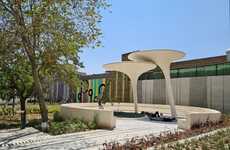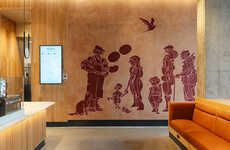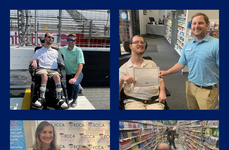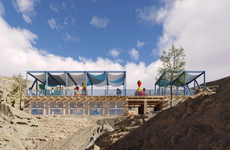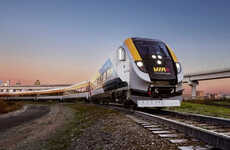
Stride Treglown Worked with Deaf Academy Staff on an Accessible Design
Kalin Ned — January 11, 2023 — Art & Design
References: stridetreglown & dezeen
Recently, the architectural studio Stride Treglown worked alongside staff at the Deaf Academy in Exmouth, United Kingdom to create spaces suitable for people with hearing impairments. Education should always be accessible and never subject to any physical/ability barriers. At times, the learning experience—alongside the design of the institution itself—must be tailored to the needs of the students. Following input from the staff of Deaf Academy, Stride Treglown "adopted the principles of DeafSpace" for the design. This methodology guides design with respect to sight lines, acoustics, light, and color. DeafSpace falls under the philosophy of Reverse Inclusion "where the needs of deaf and disabled students are used as the starting point for a design with adaptations then made for hearing people."
Image Credit: Jim Stephenson
Image Credit: Jim Stephenson
Trend Themes
1. Deafspace Design - Architects are adopting DeafSpace principles for inclusive spaces that meet the needs of the deaf and disabled, resulting in innovative design solutions that can be applied to other sectors.
2. Reverse Inclusion Philosophy - Design that starts with the needs of deaf and disabled students, can lead to more inclusive design that benefits all individuals and communities.
3. Accessibility in Education - The focus on inclusive design in education facilities is increasing, leading to a market for innovative products and services that meet the needs of all students.
Industry Implications
1. Architecture - Architecture firms can adopt DeafSpace principles and other inclusive design methods to create more accessible spaces that benefit all individuals and communities.
2. Education - Educational institutions can incorporate inclusive design practices for classrooms and facilities to make education more accessible for all students.
3. Assistive Technology - The development of new and innovative assistive technology can help meet the needs of individuals with hearing and other impairments, creating a market opportunity for related products and services.
3.3
Score
Popularity
Activity
Freshness

